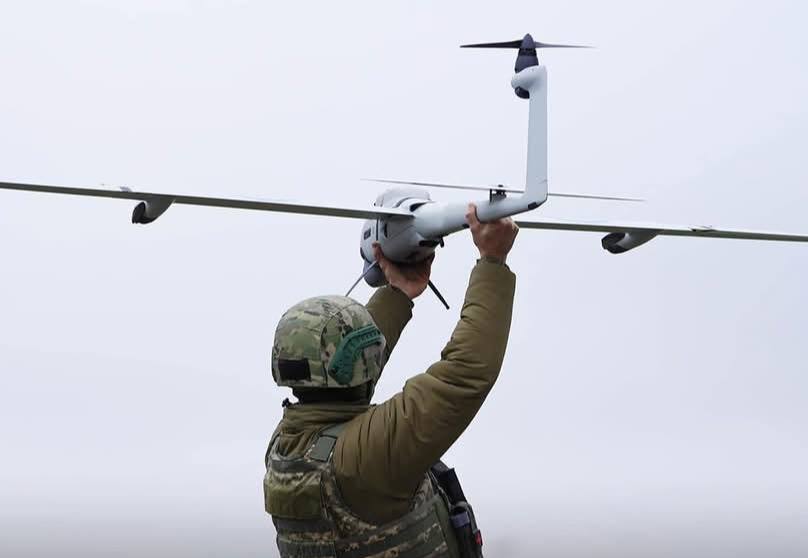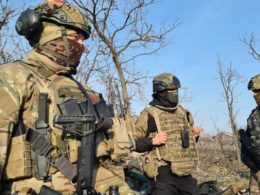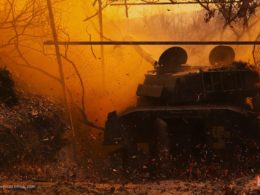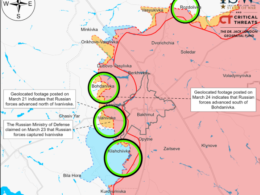In the flat farmlands and shattered mining towns of eastern Ukraine, the war has become a contest between Russian foot soldiers and Ukrainian explosive drones, The Wall Street Journal reports.
Surveillance drones now police the 600-mile front line, having all but entirely replaced human reconnaissance, with explosive drones dispatched to pick off advancing Russian soldiers while larger ones drop bomblets on enemy positions. Ukrainian infantry only fire their weapons when Russians slip past this unmanned aerial vehicle phalanx.
Nearly three years into the war, Ukraine's eastern defenders are fighting an asymmetric battle where advanced technology meets critical manpower shortages, with forces outnumbered at least 5-to-1 along most of the eastern front.
"Drones can't replace men," a battalion commander told the WSJ, explaining that while drones "can disrupt an enemy attack," they cannot "fully stop it."
The situation around Pokrovsk illustrates the evolving nature of modern warfare, where Ukraine is producing approximately 200,000 drones monthly to combat Russian advances.
The effectiveness of this drone-centric strategy is evident in the account of "Munin," a senior lieutenant commanding an aerial drone battalion from Ukraine's 60th Mechanized Brigade. His unit regularly launches at least 60 first-person-view (FPV) drones daily, compared to just 15 a year ago. However, despite inflicting significant casualties on Russian forces, the technological advantage hasn't been enough to halt the enemy's progress fully.
The human cost of the conflict remains stark. One 25-year-old infantry platoon commander revealed that within a month of his brigade's arrival in the Pokrovsk area, "80% of the infantry had been injured or killed and were no longer fit to fight." The situation is further complicated by the quality of reinforcements, with most new arrivals being recent conscripts in their 40s and 50s with limited combat experience.
"There's a shortage in every position, especially in the infantry," Major "Barracuda" of the 68th Jaeger Brigade said.
The lack of time to properly train new recruits has created additional pressures on the defending forces.
While drones have revolutionized battlefield surveillance and tactical strikes, traditional infantry remains crucial, particularly in urban environments where buildings provide cover from aerial observation. Ukrainian commanders estimate they would need ten times their current troop numbers to halt Russian advances in the region effectively.
Read more:
- Ukraine cut Russia's artillery advantage from 10:1 to 2:1, Commander-in-Chief Syrskyi says
- Zelenskyy: I'm ready to negotiate with Putin as long as US and Europe will not abandon Ukraine
- Trump's Ukraine peace plans shatter against Putin's victory obsession





